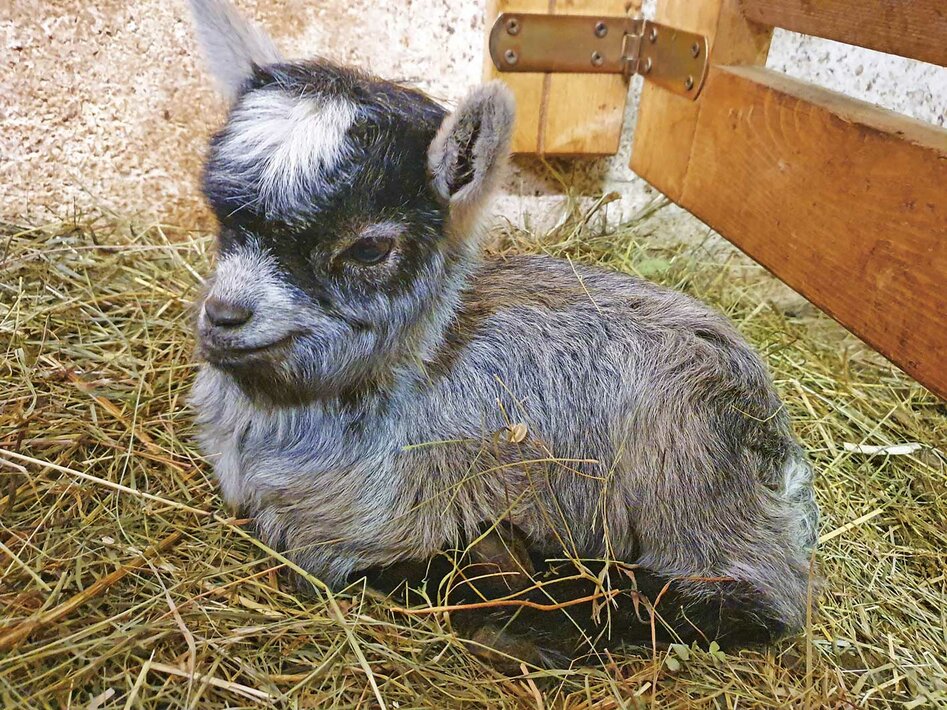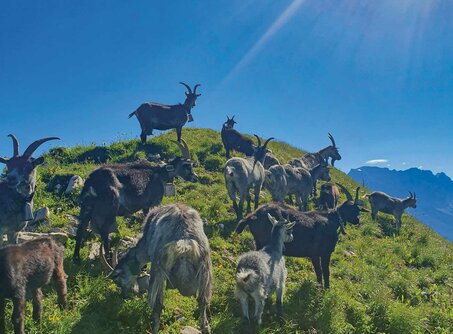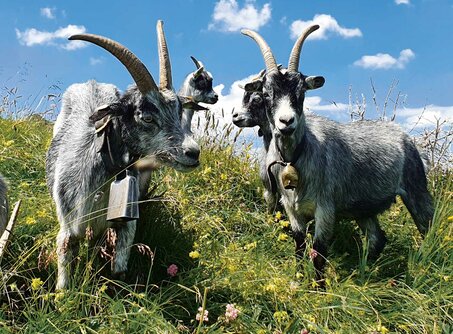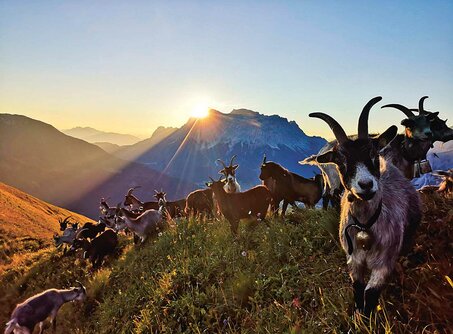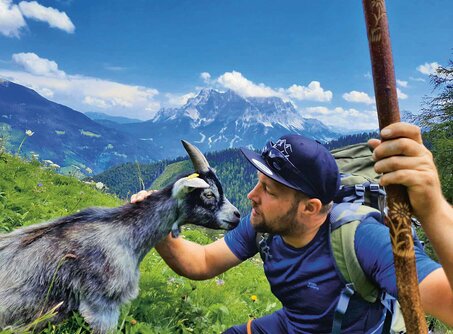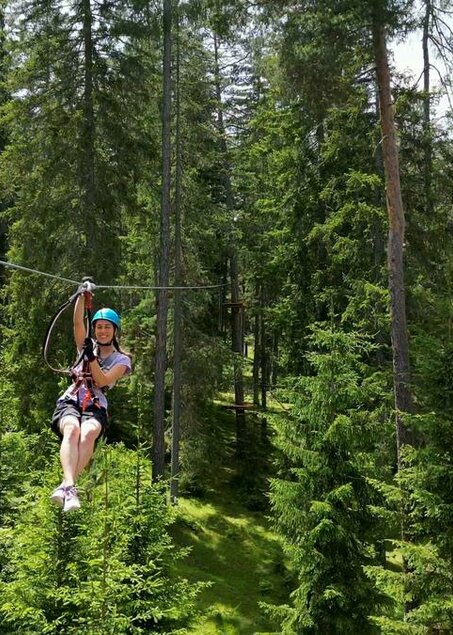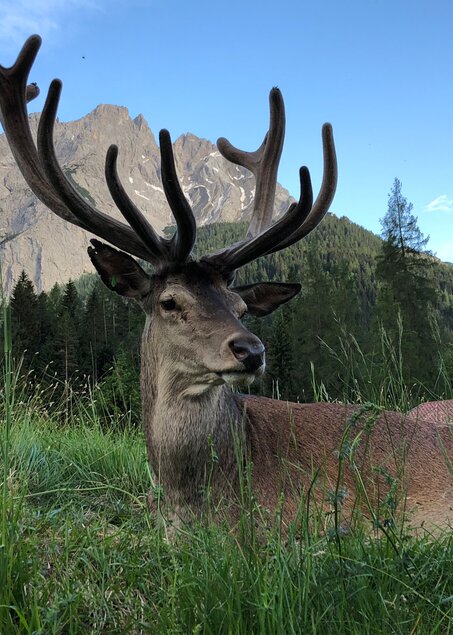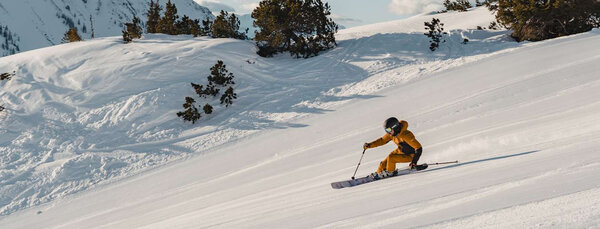The secret of Tyrol’s blue goats
A group of idealistic nature enthusiasts from Tyrol have successfully saved the Blobe goat, a rare species of mountain goat, from extinction. Through their diligent breeding efforts and a deep respect for tradition, the population of these goats in the Tiroler Zugspitz Arena is now on the rise once again.
‘Wow, a whole shelter full of bucks,’ is a sentence that often escapes the lips of visitors who drop by Thomas Koch’s farm. But it’s not entirely right: ‘They may look like it, but they’re not,’ says Thomas, gently excusing his guests’ elementary mistake. He goes on to explain that the goat breed he raises in Tyrol has a unique characteristic: both the male and female animals develop horns. ‘The horns start to grow just two or three weeks after birth,’ he says. This can lead to some confusion. ‘You need to take a closer look to see the difference.’


